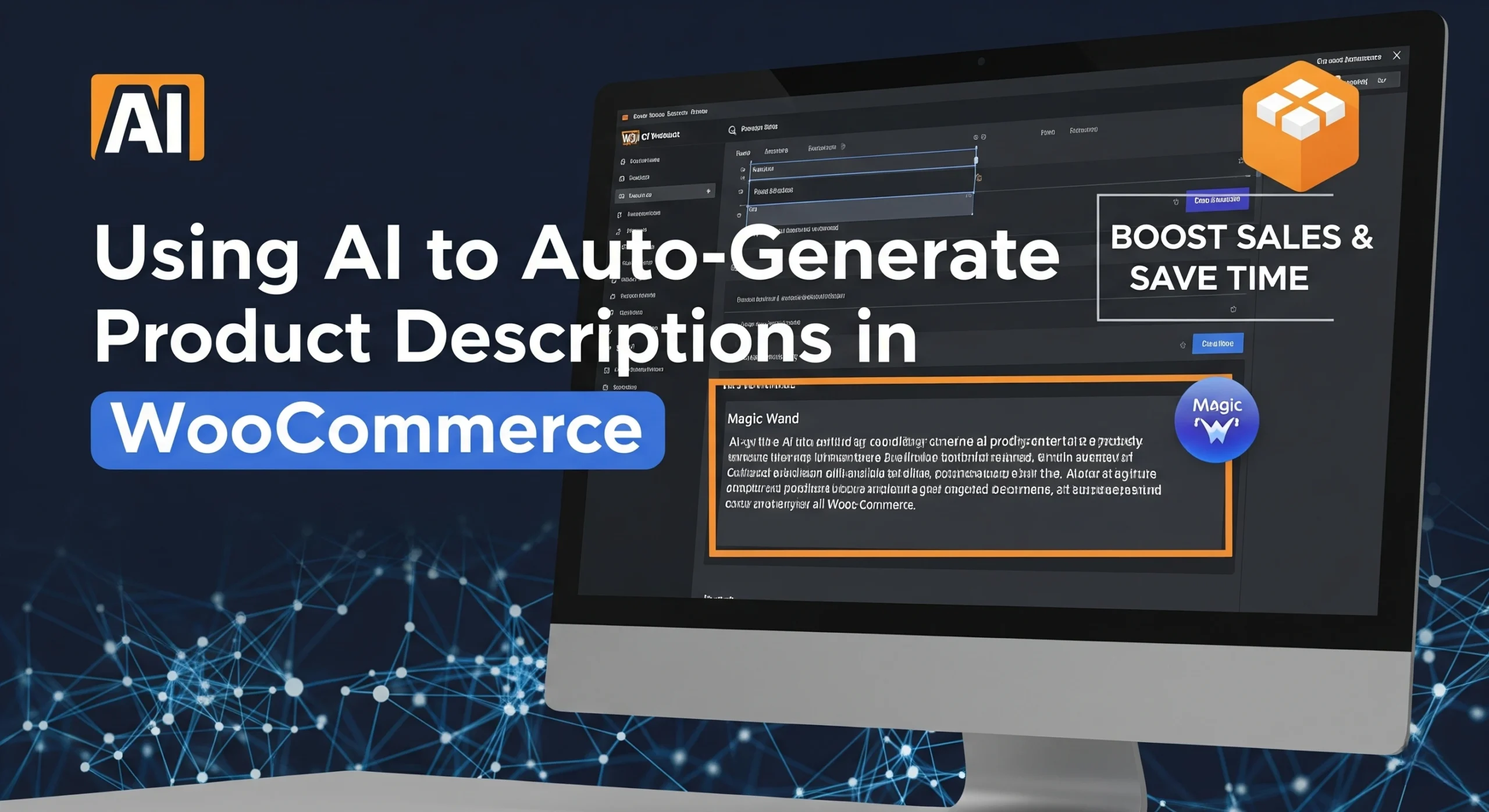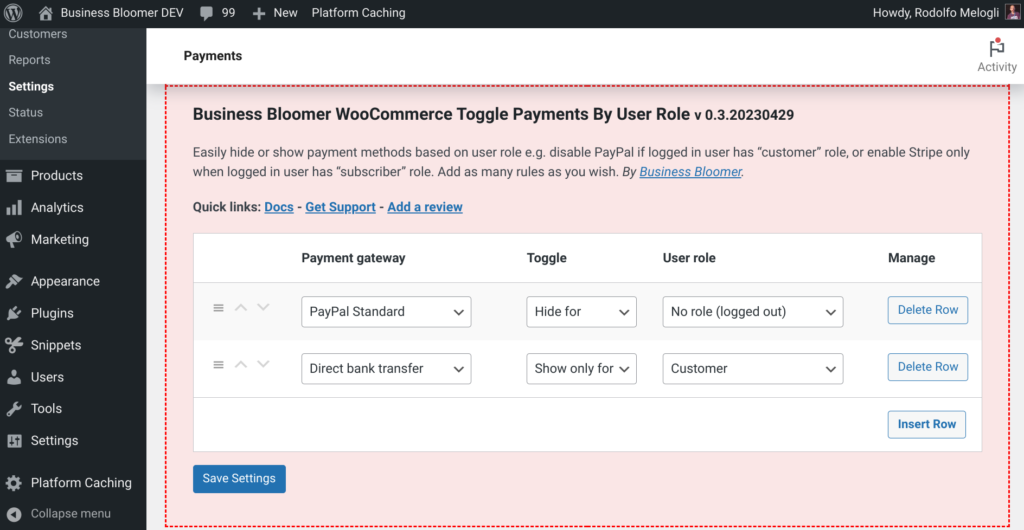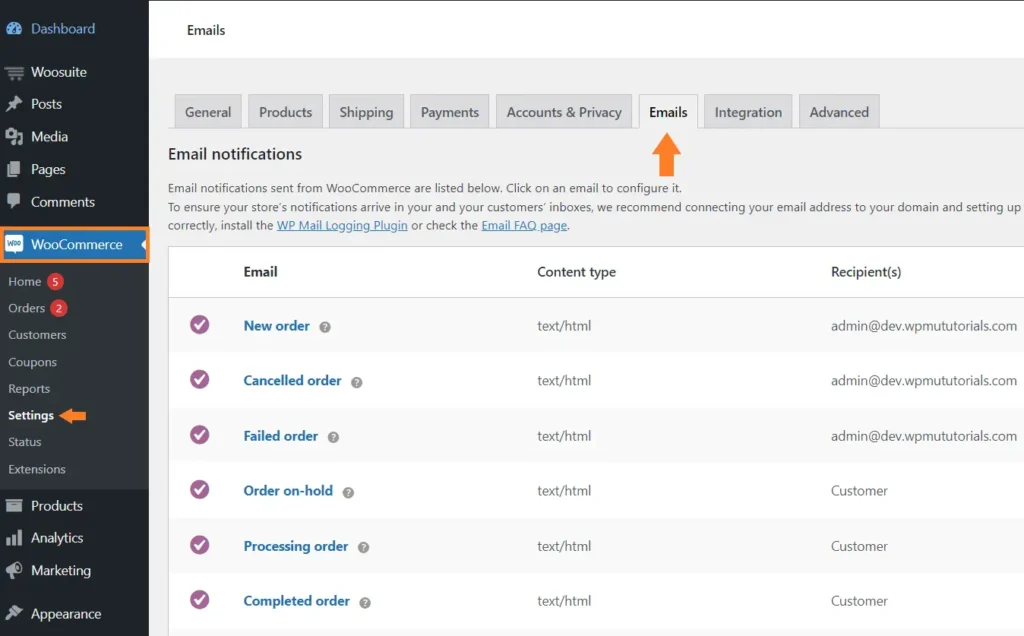Introduction
Writing high-quality product descriptions at scale is time-consuming — especially for stores with hundreds or thousands of SKUs. But what if you could automate it using AI?
In this guide, we’ll walk through:
- How to integrate GPT (OpenAI) or similar LLMs into WooCommerce
- Generating product descriptions using product attributes
- Triggering generation on product creation/edit
- Best practices for caching, moderation, and SEO optimization
Why Auto-Generate Product Descriptions with AI?
Benefits:
- Scale faster: Add hundreds of products without manual writing
- SEO-friendly: Generate keyword-optimized copy
- Dynamic: Generate variants per language, persona, or tone
- Custom: Tailor content to category, product type, or brand voice
Architecture Overview
We’ll build a system that:
- Hooks into
save_post_productor uses a custom button. - Sends product data (title, attributes) to OpenAI API.
- Receives and stores the generated content in
post_contentor a custom meta field. - Allows optional human editing before publishing.
Requirements
- WooCommerce installed and configured
- OpenAI API key (get one here)
- WordPress 6.0+ with custom admin hooks
Step-by-Step Implementation
1. Enqueue Custom Admin Script
We’ll add a button in the product editor to trigger generation.
add_action('admin_enqueue_scripts', function($hook) {
if ($hook === 'post.php' || $hook === 'post-new.php') {
wp_enqueue_script('product-ai-gen', plugin_dir_url(__FILE__) . 'js/product-ai.js', ['jquery'], '1.0', true);
wp_localize_script('product-ai-gen', 'productAI', [
'ajax_url' => admin_url('admin-ajax.php'),
'nonce' => wp_create_nonce('generate_description'),
]);
}
});
2. Add Button to Product Editor UI
add_action('post_submitbox_misc_actions', function() {
global $post;
if ($post->post_type !== 'product') return;
echo '<div class="misc-pub-section">
<button type="button" class="button button-secondary" id="generate-description">Generate AI Description</button>
</div>';
});
3. JavaScript Trigger (AJAX Call)
js/product-ai.js:
jQuery(document).ready(function($) {
$('#generate-description').on('click', function() {
const postID = $('#post_ID').val();
$.post(productAI.ajax_url, {
action: 'generate_product_description',
nonce: productAI.nonce,
post_id: postID
}, function(response) {
if (response.success) {
$('#content').val(response.data).trigger('change');
alert('AI description generated!');
} else {
alert('Error: ' + response.data);
}
});
});
});
4. Handle AI Description Generation (Backend PHP)
add_action('wp_ajax_generate_product_description', function() {
check_ajax_referer('generate_description', 'nonce');
$post_id = intval($_POST['post_id']);
$title = get_the_title($post_id);
$attributes = wc_get_product($post_id)->get_attributes();
$attr_string = '';
foreach ($attributes as $attribute) {
$attr_string .= $attribute->get_name() . ': ' . implode(', ', $attribute->get_options()) . "\n";
}
$prompt = "Write a compelling, SEO-optimized product description for:\n\nTitle: {$title}\nAttributes:\n{$attr_string}";
$description = bookwp_call_openai($prompt);
if ($description) {
wp_send_json_success($description);
} else {
wp_send_json_error('Failed to generate description.');
}
});
5. OpenAI API Call Helper Function
function bookwp_call_openai($prompt) {
$api_key = 'your_openai_api_key';
$response = wp_remote_post('https://api.openai.com/v1/completions', [
'headers' => [
'Content-Type' => 'application/json',
'Authorization' => 'Bearer ' . $api_key,
],
'body' => json_encode([
'model' => 'text-davinci-003',
'prompt' => $prompt,
'max_tokens' => 200,
'temperature' => 0.7,
]),
]);
if (is_wp_error($response)) return false;
$body = json_decode(wp_remote_retrieve_body($response), true);
return trim($body['choices'][0]['text'] ?? '');
}
Best Practices
- Moderation: Store AI content in a custom meta field first. Let human editors review before publishing.
- Caching: Avoid redundant API calls for the same product.
- SEO: Use AI for inspiration but ensure uniqueness for high-value pages.
- Limits: Respect OpenAI token rate limits and billing.
Bonus: Auto-Generate on Product Save
Optional hook:
add_action('save_post_product', function($post_id) {
if (get_post_meta($post_id, '_ai_generated_description', true)) return;
$description = bookwp_call_openai("Write a product description for: " . get_the_title($post_id));
if ($description) {
wp_update_post([
'ID' => $post_id,
'post_content' => $description
]);
update_post_meta($post_id, '_ai_generated_description', 1);
}
});
Conclusion
AI can drastically reduce the time it takes to write product descriptions — especially if you use structured product data like attributes or tags as input. With OpenAI or other LLMs, you can empower your WooCommerce store with scalable, intelligent content generation — all within your WordPress dashboard.




